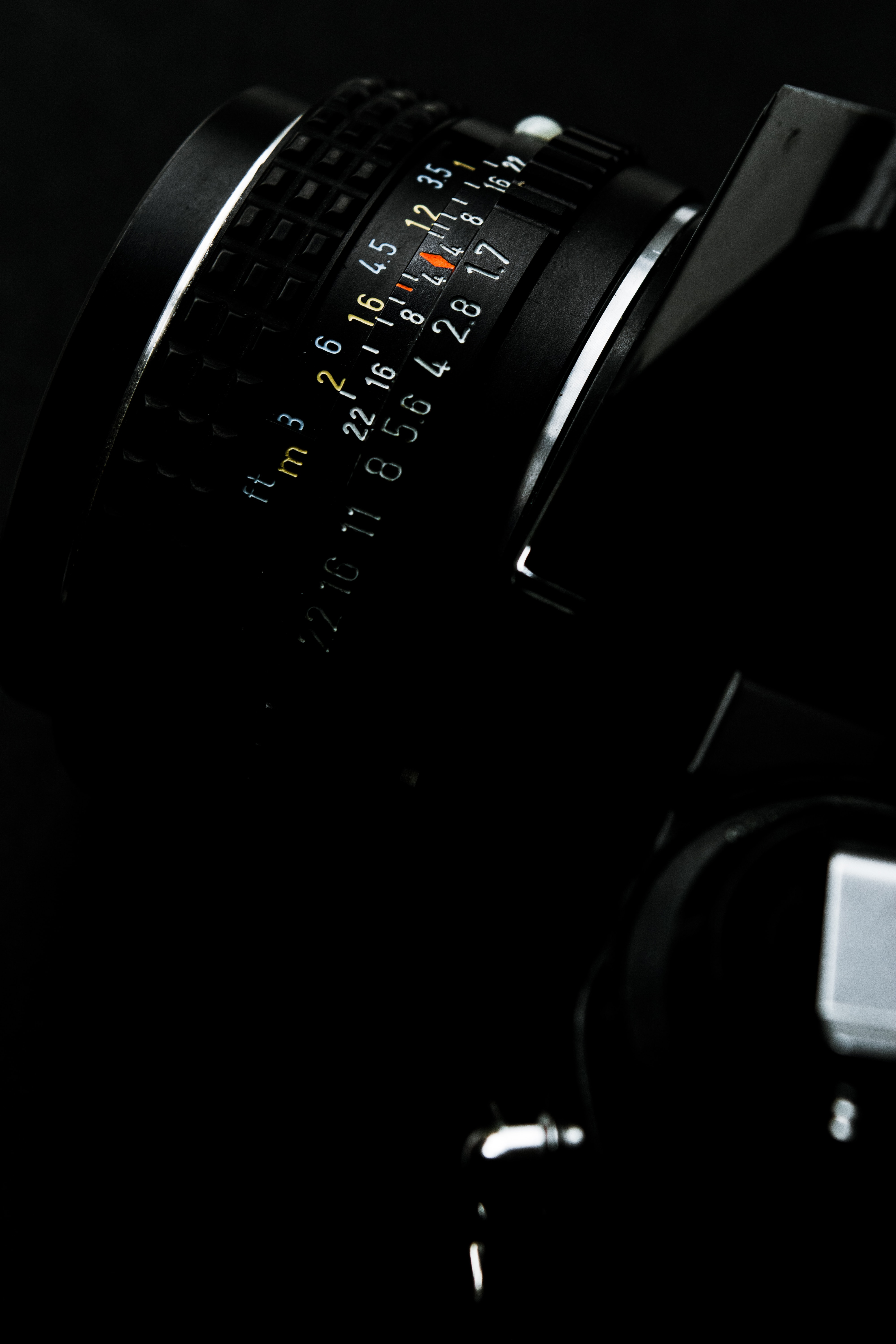Hello again,
I have, unfortunately, not been able to capture any more images, yet. So, instead, I have done some research instead. On Shutterbug, I have discovered nine tips for astrophotographers:
One – Using a remote shutter controller or simply having a timer set will remove excessive image blurring caused by movement. When zoomed in on an object, even the slightest movement will cause blurring of the image. Professional snipers in militaries across the world understand this principle. However, they can’t implement this the way we can with cameras, so they shoot between their heartbeats to remove as much movement as possible.
 Two – Manually focus the camera. The camera will not be able to focus on the stars and some cameras will constantly be trying to find the focus and ruin the image. When shooting the moon, aim the focus on the edge, this will improve the quality of the shot and place the focus onto the edge of the moon.
Two – Manually focus the camera. The camera will not be able to focus on the stars and some cameras will constantly be trying to find the focus and ruin the image. When shooting the moon, aim the focus on the edge, this will improve the quality of the shot and place the focus onto the edge of the moon.
Three – Use daylight white balance because your camera can see more colors than you can and it will bring those colors to light. Daylight white balance is a setting that adds warm colors to the image.
Four – Have your camera set so that the image is saved as RAW and a large JPEG. This is because most editing to correct for optical aberrations in the lens must be done in the RAW format. Optical aberrations are basically things in the lens that will mess with the image quality.
 Five – Take your time in between shots. The sensors in your camera will heat up through use and they will become warmer than the temperature surrounding the camera. The warmer the sensors, the more noise/interference you get.
Five – Take your time in between shots. The sensors in your camera will heat up through use and they will become warmer than the temperature surrounding the camera. The warmer the sensors, the more noise/interference you get.
Six – Using wide-angle shots reduces the chance that the star will move from one pixel to the next – which causes blurring due to star movement.
Seven – Experiment with your exposure times because everything demands different exposures. Apparently, an Aurora Borealis can be shot with 5-10 second exposures.
Eight – Settings are all about finding a balance. play around with the ISO, the aperture and the shutter speed.
 Nine – Tripod, tripod, tripod. A high-quality tripod is way more important than a high-quality camera. The tripod removes the movement from affecting the image, so you couldn’t get any good photos, no matter your camera, unless you have a decent tripod. The better the tripod, the more uses and the more stability it offers. Some tripods track star movements – so long as they are polarised (facing north when being setup).
Nine – Tripod, tripod, tripod. A high-quality tripod is way more important than a high-quality camera. The tripod removes the movement from affecting the image, so you couldn’t get any good photos, no matter your camera, unless you have a decent tripod. The better the tripod, the more uses and the more stability it offers. Some tripods track star movements – so long as they are polarised (facing north when being setup).
Till next time,
Preston
Leave a Reply